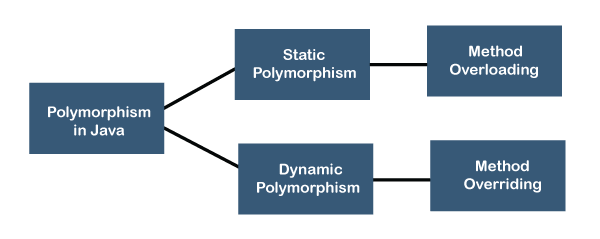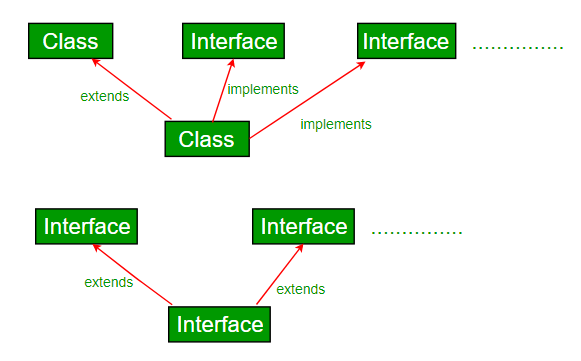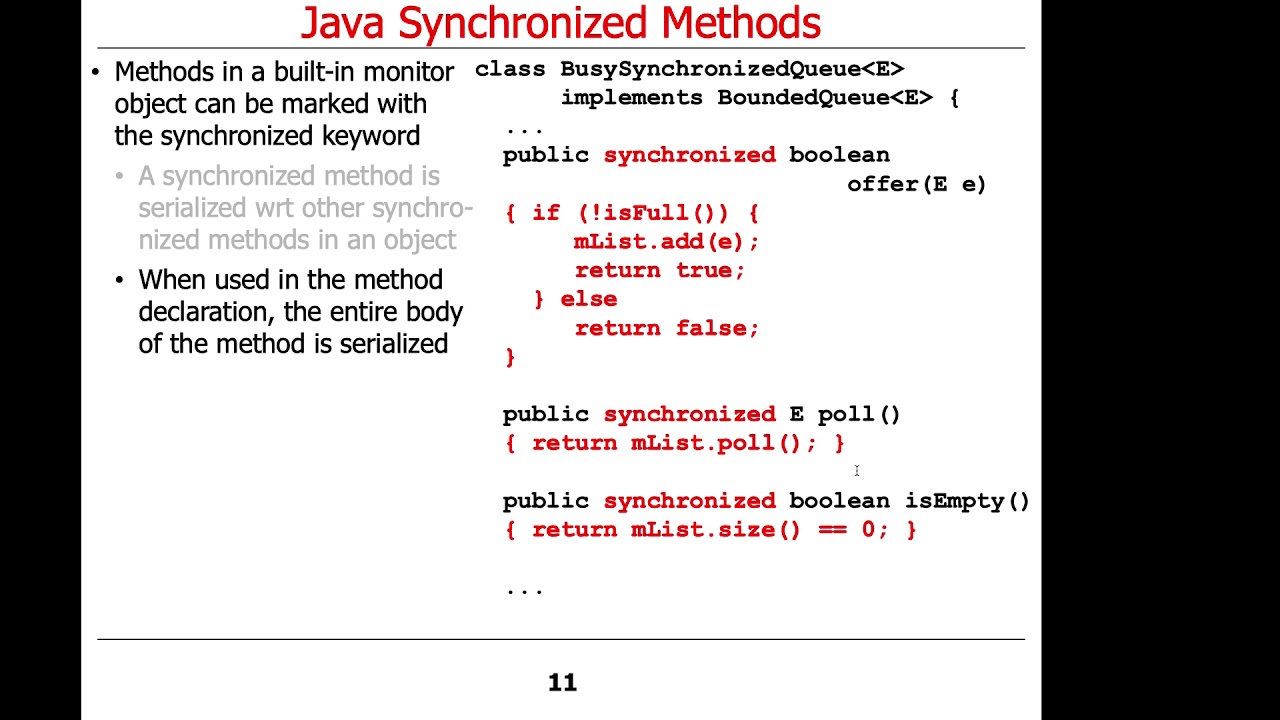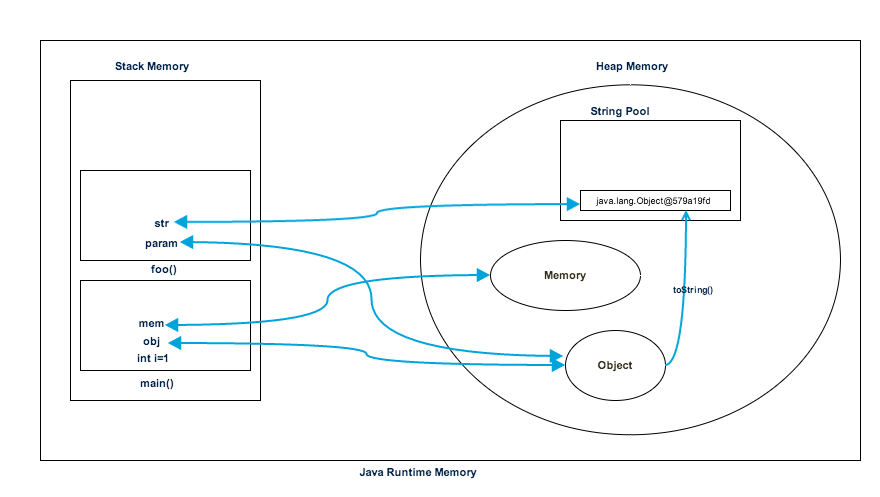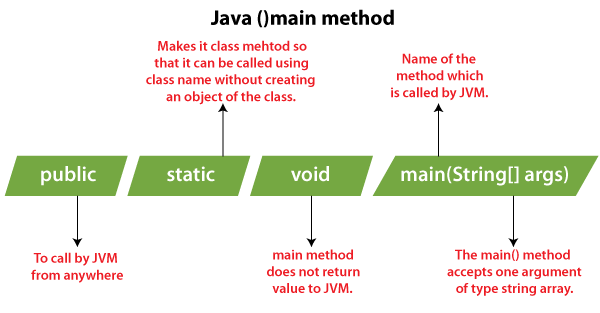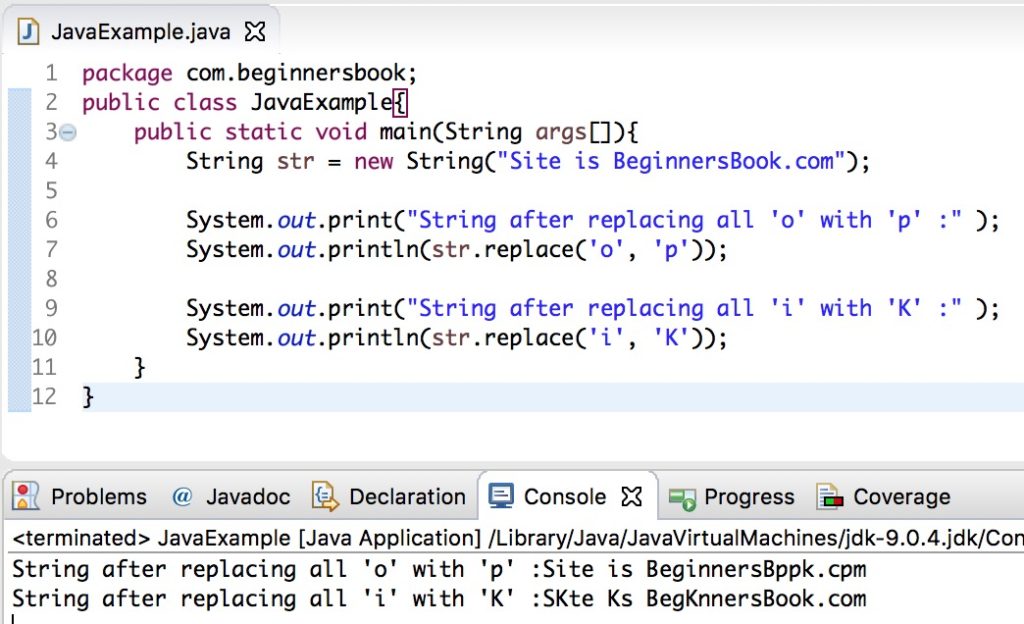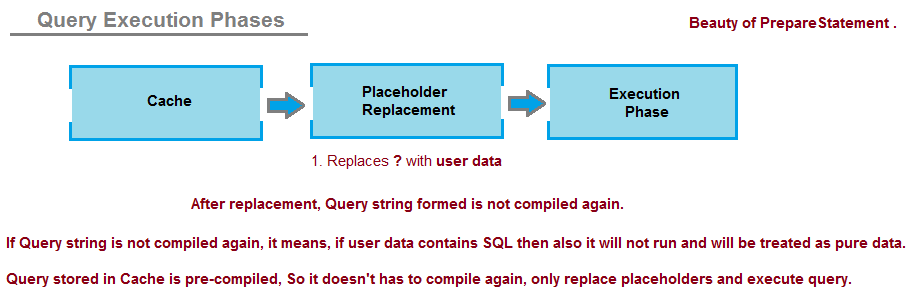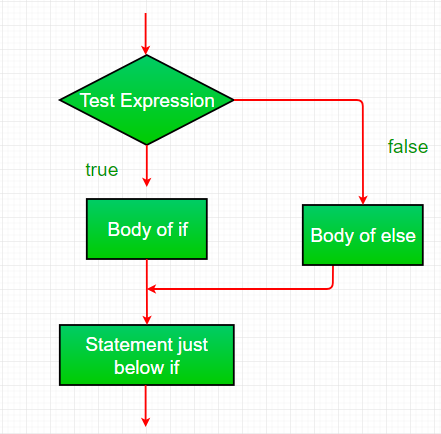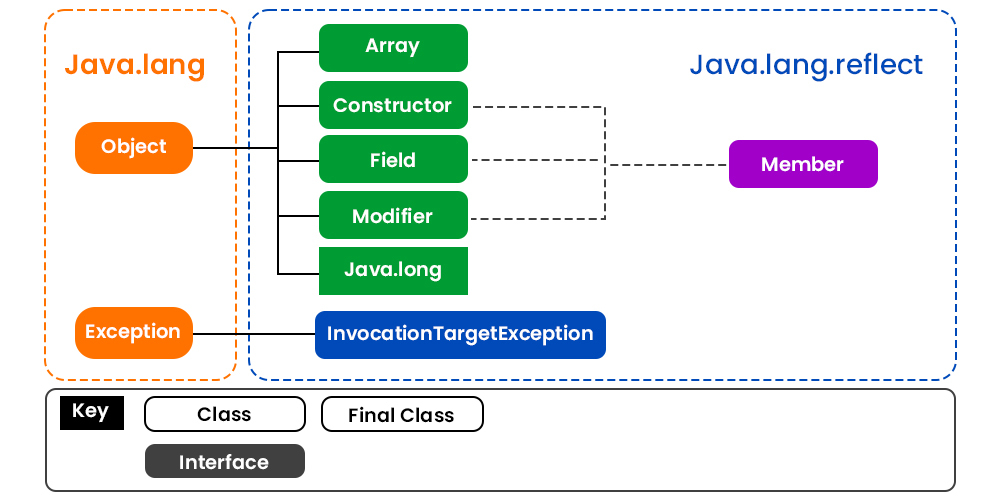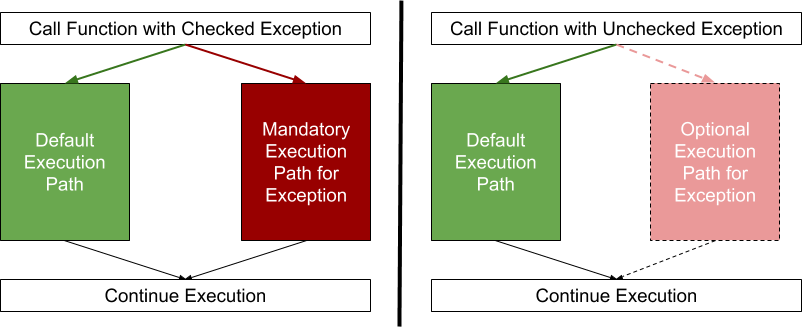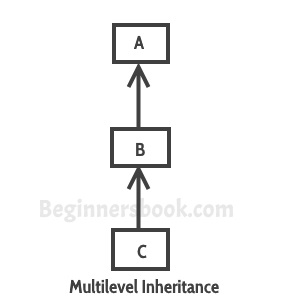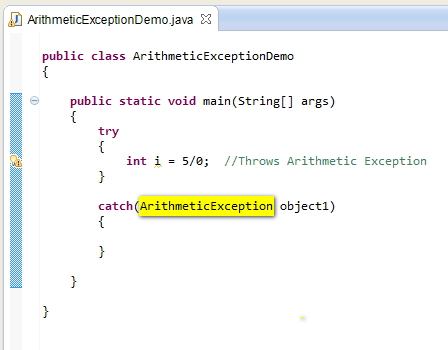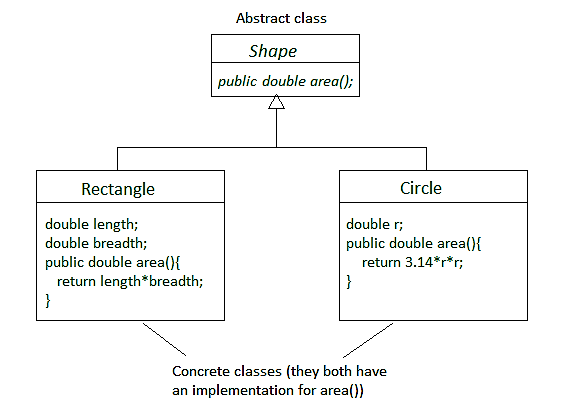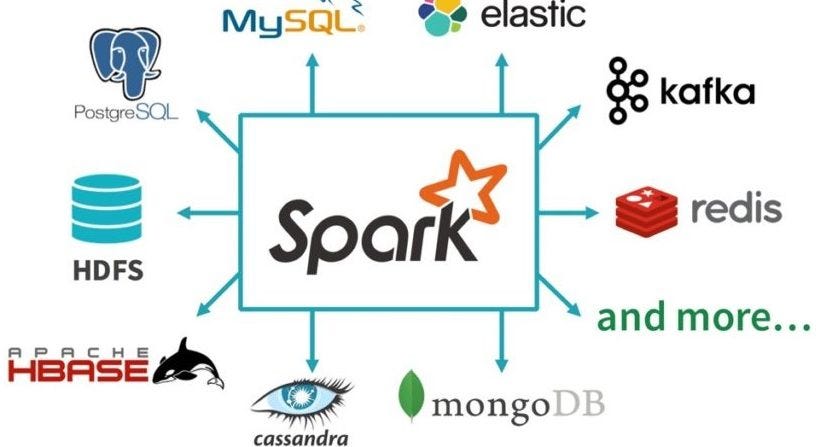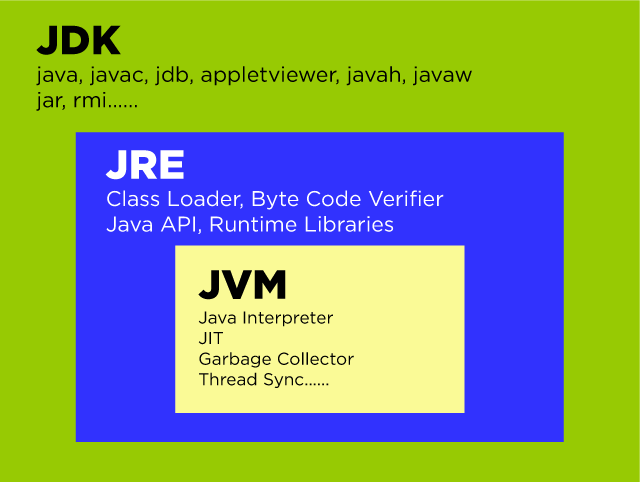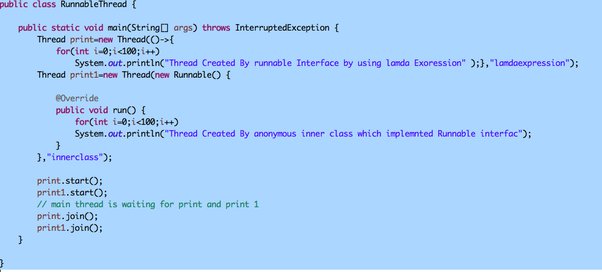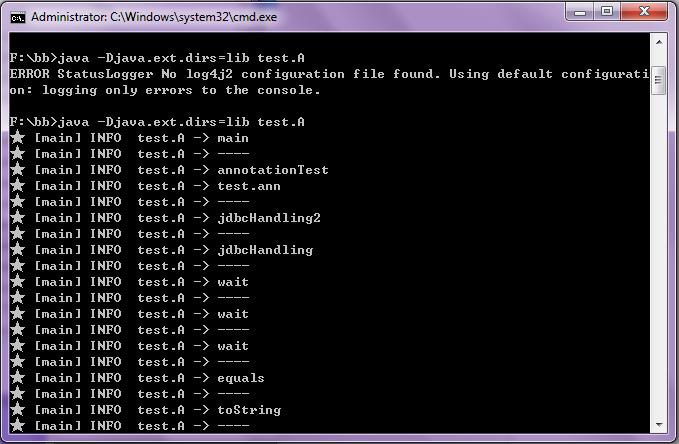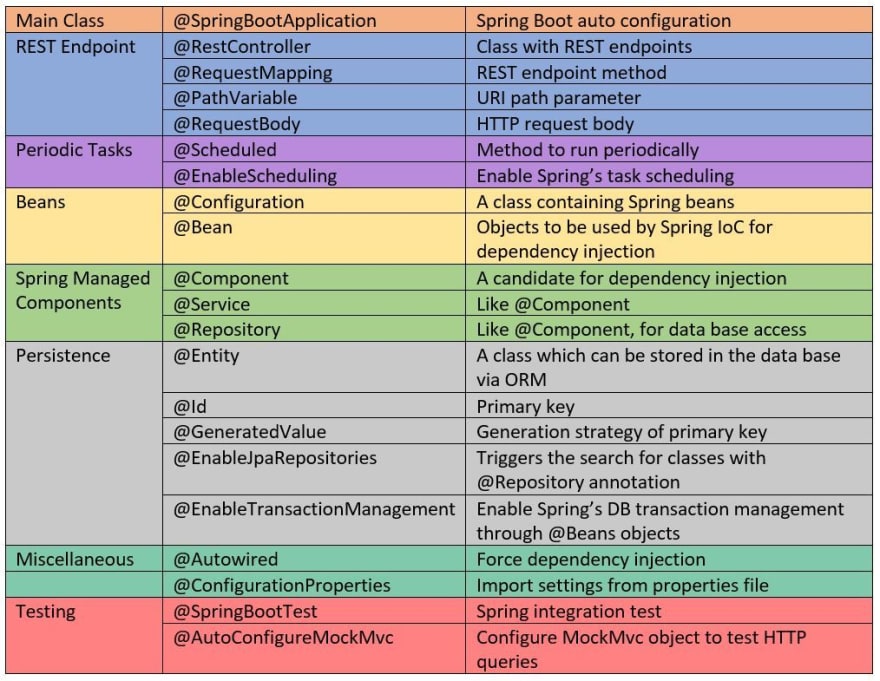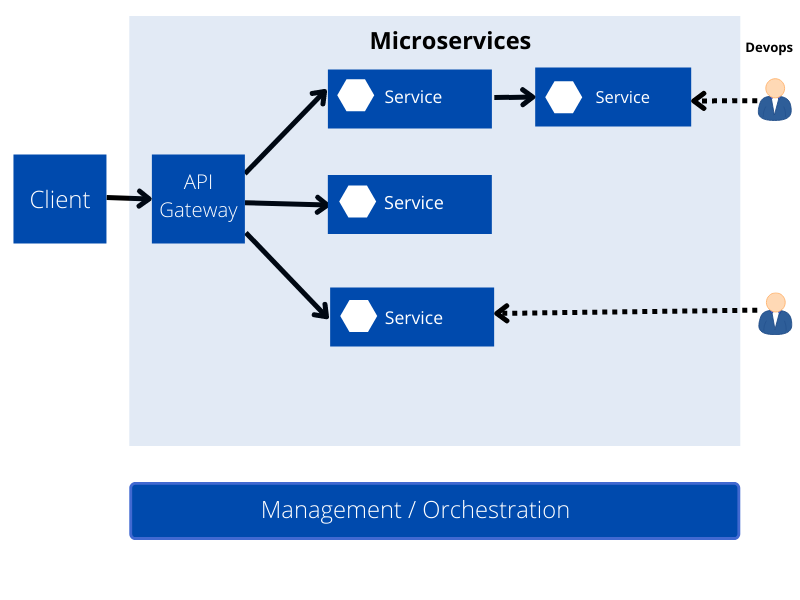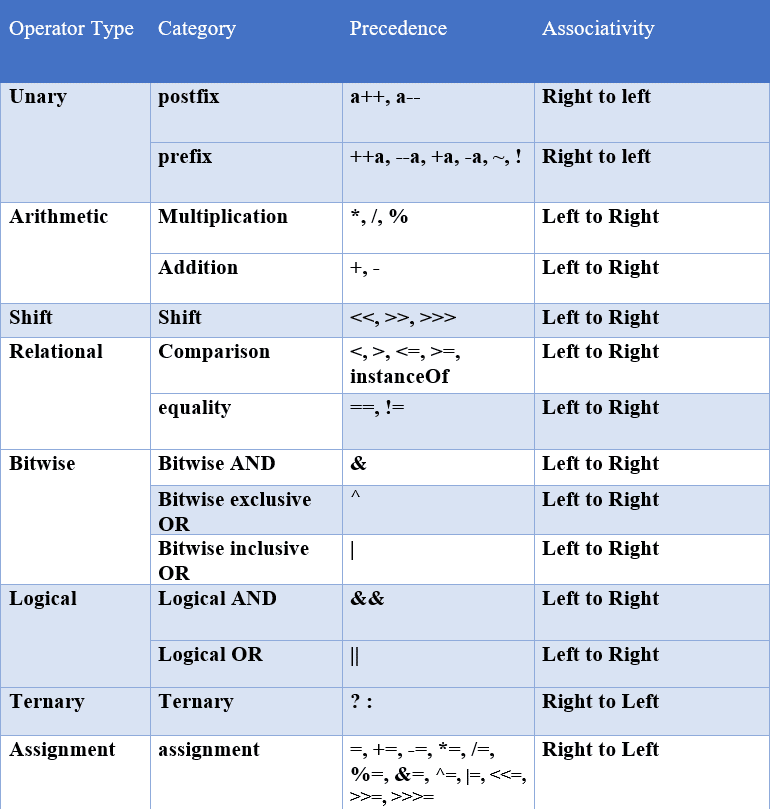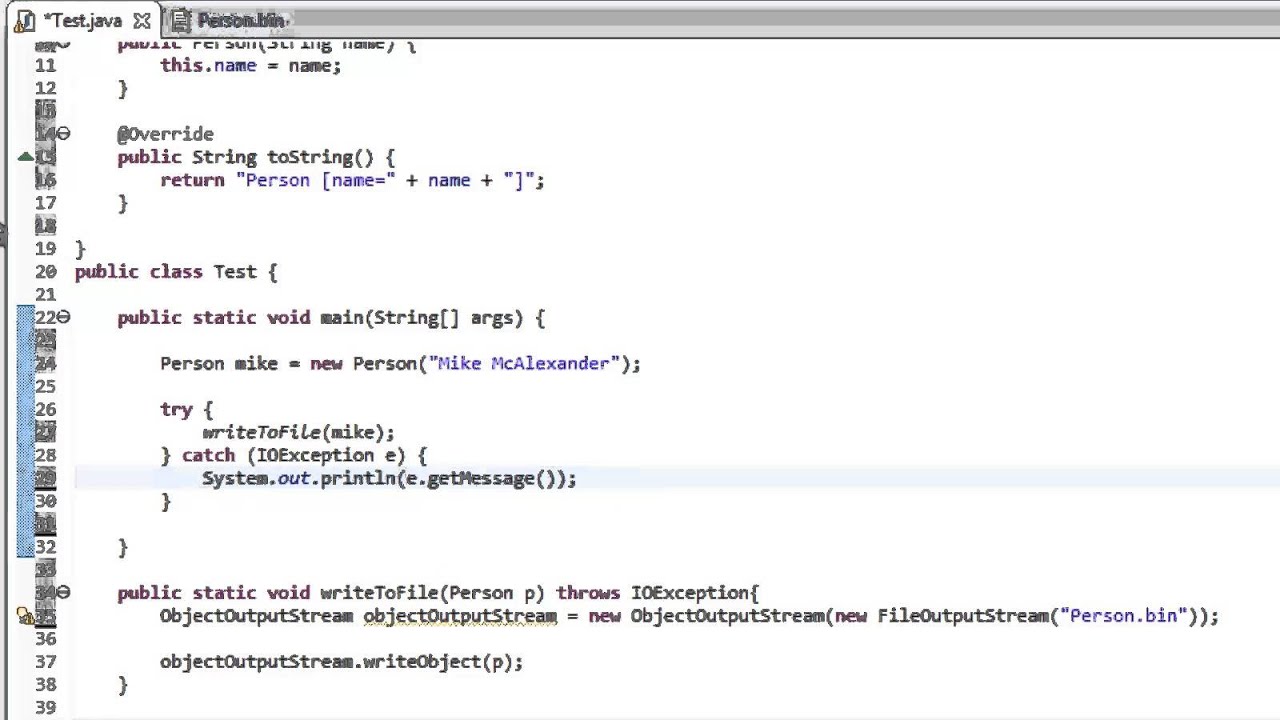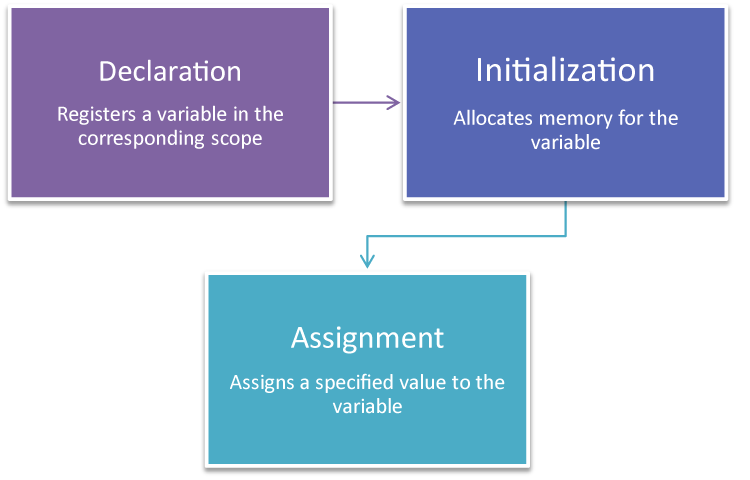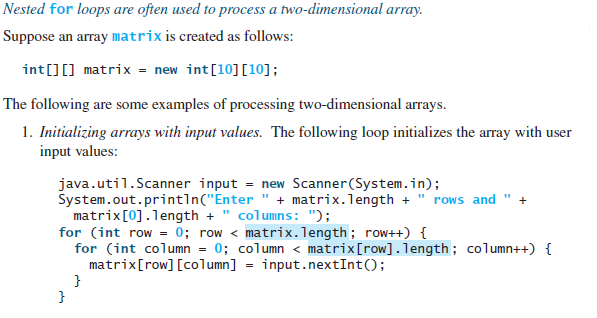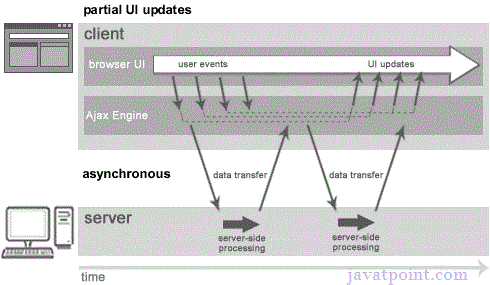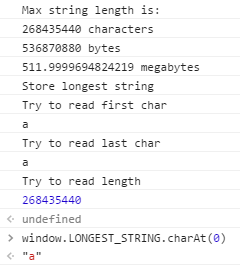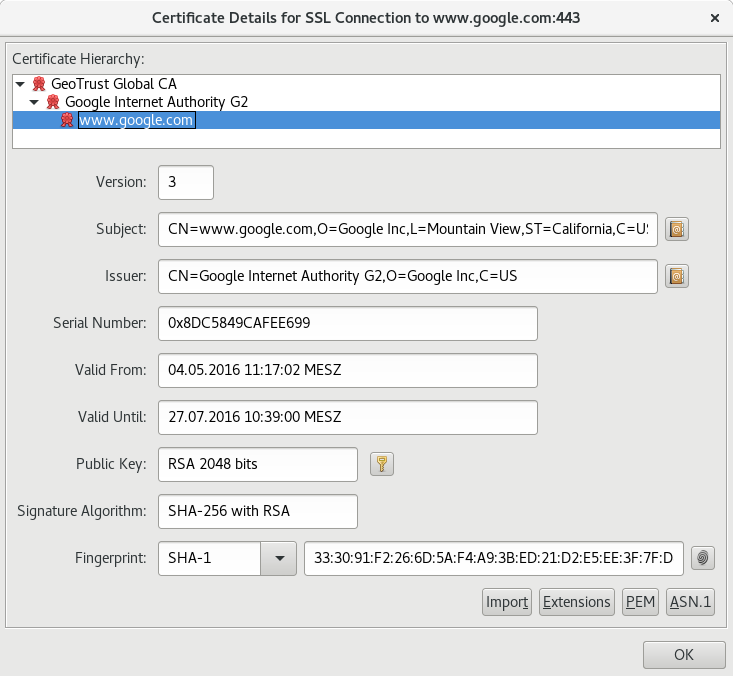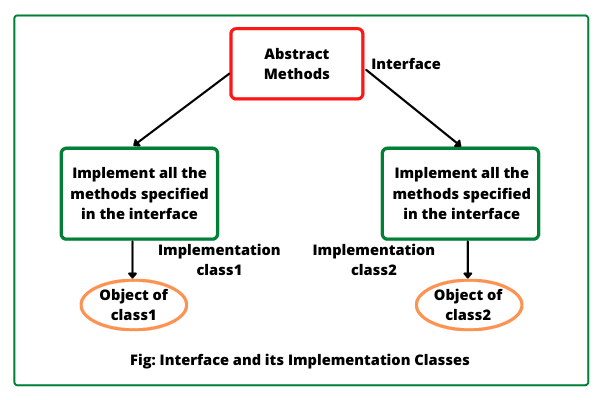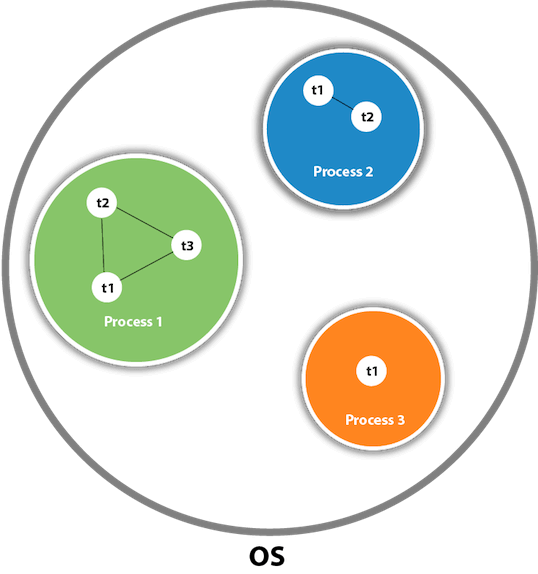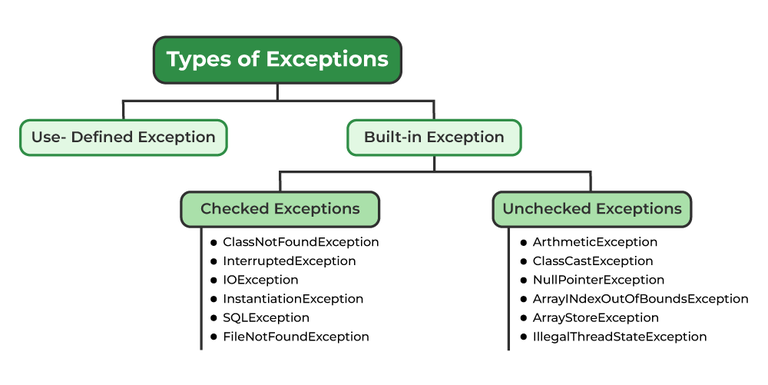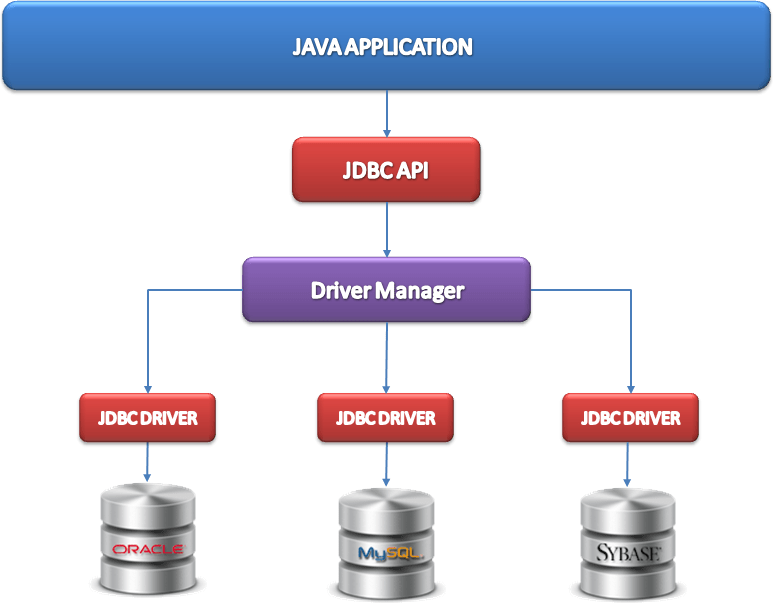java observer pattern vs listener
java observer pattern vs listener
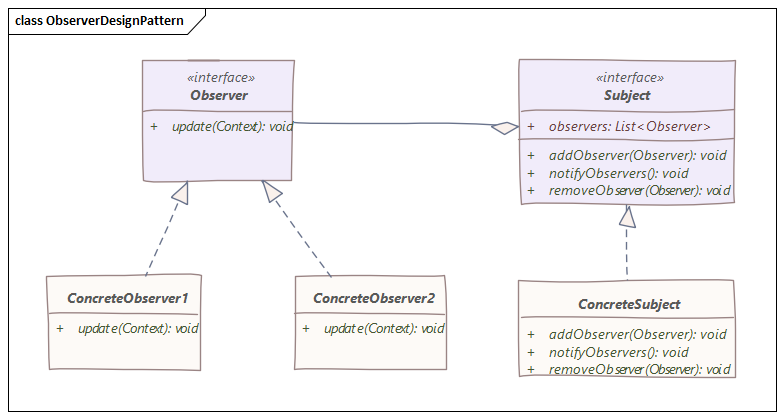
The Observer Pattern and the Listener (or Event Handling) pattern are two popular design patterns used to manage interactions between objects. While they share some similarities, they have distinct differences.
Observer Pattern:
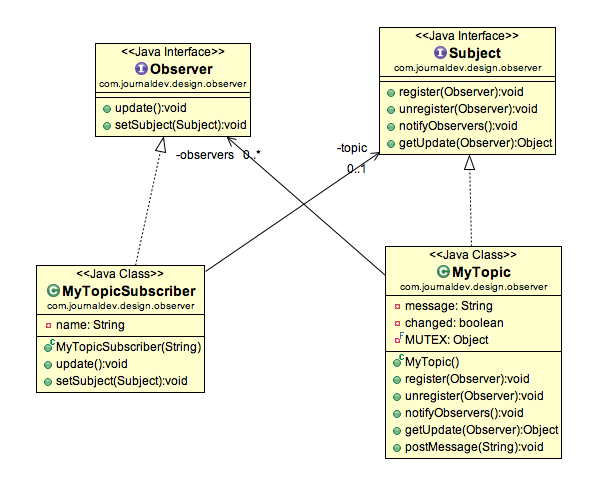
In the Observer pattern, you have a subject (also known as the publisher or provider) that maintains a list of dependencies (observers). When the subject's state changes, it notifies all its observers, allowing them to react accordingly. This decouples the subject from the specific actions taken by the observers.
The Observer pattern is often used in situations where:
Publish-Subscribe: The subject publishes events or data, and multiple observers subscribe to receive notifications. Asynchronous processing: Observers can process events in parallel, without blocking the subject's execution. Decoupling: The subject doesn't depend on specific observer actions.In Java, you can implement the Observer pattern using:
Observer interface: Define anObserver interface with a single method, update(), which will be called by the subject when it notifies its observers. Subject class: Implement a Subject class that maintains a list of observers and notifies them when their state changes.
Listener (or Event Handling) pattern:
In the Listener pattern, an event source publishes events to one or more event listeners. Each listener is responsible for handling the received event. The event source does not know about the specific listeners; it only knows that there are listeners registered to receive its events.
The Listener pattern is often used in situations where:
Event-driven programming: Events trigger actions, rather than having objects poll each other. Single-source, multiple-targets: One source publishes events to multiple targets (listeners). Loose Coupling: The event source doesn't depend on specific listener actions.In Java, you can implement the Listener pattern using:
Event interface: Define anEvent interface that provides a way for listeners to access the event data. Listener interface: Define a Listener interface with a method that will be called by the event source when it publishes an event. Event source class: Implement an EventSource class that publishes events to registered listeners.
Key differences:
Direction of communication: In the Observer pattern, the subject notifies its observers; in the Listener pattern, the event source publishes events to listeners. Observer vs Listener: Observers are responsible for processing state changes, while listeners handle specific events. Number of observers/listeners: The Observer pattern can have multiple subjects and observers, whereas the Listener pattern typically has one event source and multiple listeners.When deciding between these two patterns:
Use the Observer pattern when you need to decouple the subject from observer actions or process state changes asynchronously. Choose the Listener pattern for event-driven programming with single-source, multiple-targets scenarios where loose coupling is beneficial.In conclusion, while both patterns allow for object interactions and decoupling, they differ in their communication direction, responsibilities of participants, and use cases. By understanding these differences, you can select the most suitable pattern for your Java application's requirements.
Which Java package or framework uses the Observer pattern to monitor events?
The Observer pattern is a fundamental design pattern that enables loose coupling between objects that need to communicate with each other. In the context of Java, several packages and frameworks employ this pattern to manage event-driven programming.
One notable example is the JavaBeans (Javabean) specification from Sun Microsystems. JavaBeans provides a framework for building reusable software components in Java. The Observer pattern plays a crucial role in allowing JavaBeans to communicate with each other by broadcasting events. Beans that register as observers can react to changes or events triggered by another bean.
Another prominent example is the Spring Framework, which uses the Observer pattern through its event-driven programming mechanism. Spring allows applications to publish events and have observers listen for these events, enabling loose coupling between components. This decouples the observer from the observed, making it easier to maintain and extend the application.
The JavaFX (JavaFX 2) framework also employs the Observer pattern in managing UI events. JavaFX uses a mechanism called "event handling" which allows UI controls like buttons and text fields to broadcast events when users interact with them. Observers can then listen for these events and react accordingly, enabling UI components to communicate seamlessly.
Oracle's Java API for XML Processing (JAXP) also employs the Observer pattern in its processing of XML documents. JAXP allows applications to register observers that can watch changes in an XML document. This enables event-driven processing of XML data, making it easier to integrate with other systems and tools.
Lastly, the Java-based web application framework, Vaadin, uses the Observer pattern to manage events triggered by user interactions like button clicks or form submissions. Observers can then react to these events and update the UI accordingly, providing a reactive programming model for web applications.
In conclusion, various Java packages and frameworks leverage the Observer pattern to manage event-driven programming, decouple components, and enable loose coupling between objects that need to communicate with each other. The use of this design pattern fosters modularity, maintainability, and scalability in software development.
